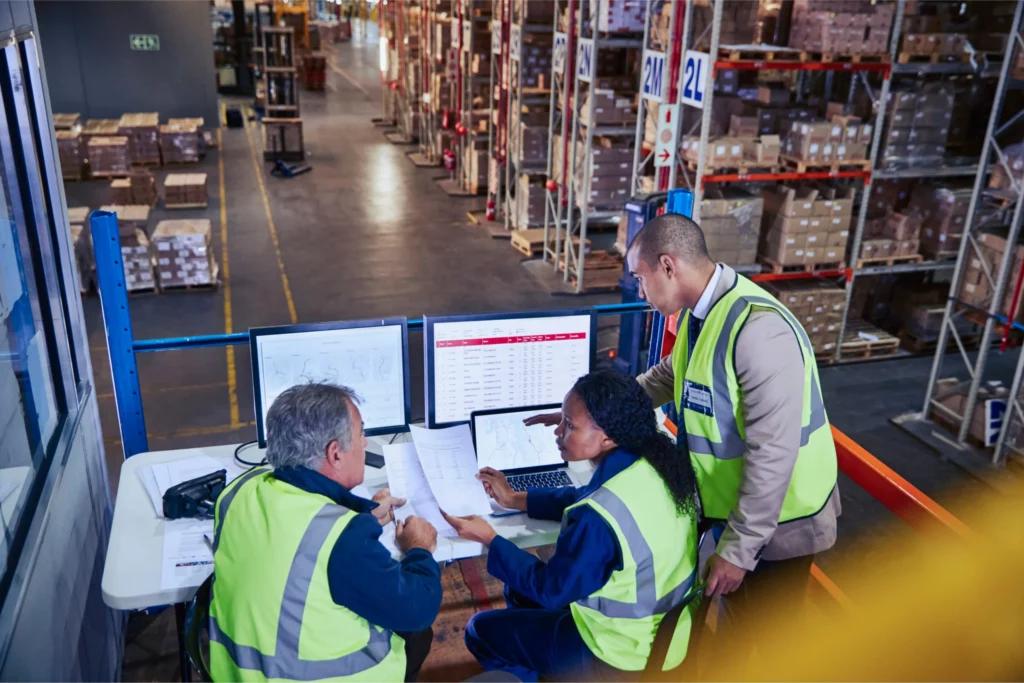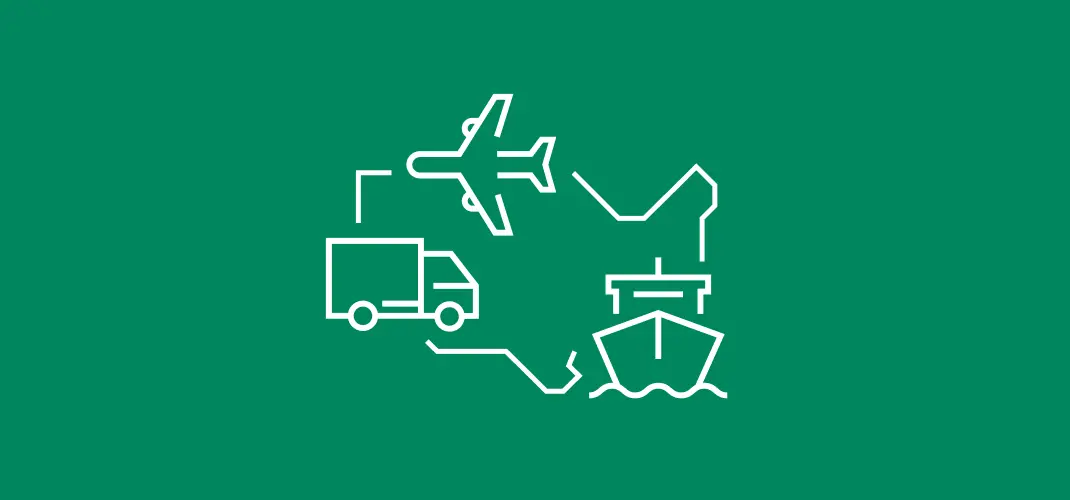Successful customs clearance is half the battle for a seamless transit of goods across borders. Thus, accurate and complete documentation makes it easy to pass through all bureaucratic procedures. At the same time, the absence of key documents or errors within them can lead to significant troubles, including delayed shipments, financial penalties, or, in severe cases, shipment confiscation. Understanding and preparing customs clearance documents is crucial for safeguarding the flow of goods, ensuring they reach their destination efficiently and without unnecessary interruption.
The Importance of Customs Clearance
Customs clearance serves as the regulatory gateway for goods crossing borders. This crucial process ensures that all imports and exports adhere to the specific laws and standards of the destination country, effectively preventing the circulation of prohibited items. Beyond compliance, customs clearance plays a vital role in accurately assessing and collecting tariffs and taxes, which are integral to a country’s economic framework. The efficiency of this process directly impacts the speed and reliability with which goods are delivered.
For businesses engaged in shipping goods, smooth customs clearance is the key to maintaining uninterrupted supply chains, ensuring that products reach their intended markets on time. Moreover, a successful clearance process bolsters a company’s operational efficiency and strengthens its reputation by demonstrating a commitment to legal and regulatory adherence. In a broader sense, effective customs clearance facilitates international commerce, allowing goods to traverse borders with minimal delay, thereby connecting markets and enabling the global exchange of products with transparency and integrity.
Key Documents to Pass Customs Clearance

There are several documents that are fundamental to the trade process, acting as proof of transaction, contents, origin, and compliance with importing country regulations.
Commercial Invoice:
It is a critical document that details the sale transaction between the buyer and seller. It includes information such as the description of goods, value, and terms of sale. Customs authorities use this document to assess duties and taxes, making it indispensable for the clearance process. Its accuracy and completeness are essential for avoiding delays and ensuring that goods are classified correctly under customs regulations.
Packing List:
A packing list complements the commercial invoice by providing a detailed account of the shipment’s contents. It includes quantities, dimensions, and weights of the goods being shipped. This document is crucial for customs to verify the cargo, ensuring that the shipment matches the declaration and assisting in the inspection process, if necessary.
Bill of Lading (B/L) or Airway Bill (AWB):
Both documents act as a contract between the owner of the goods and the carrier. For sea freight, the Bill of Lading is used, while air shipments require an Airway Bill. These documents serve as a receipt for the goods shipped and provide details about the shipment’s route, facilitating the tracking and handling of the cargo.
Certificate of Origin:
This is a document that certifies the country in which the goods were manufactured. It is required to determine whether the goods are eligible for import or subject to duties and taxes under trade agreements or regulations of the destination country.
Customs Declaration:
This one is a statement by the shipper that details the nature, quantity, and value of the goods being imported. This declaration allows customs authorities to assess whether the goods are permissible and what duties and taxes should be applied. It’s a declaration of compliance with all import regulations of the receiving country.
Together, these documents guarantee a smooth customs clearance process, ensuring that goods are transported legally, efficiently, and in compliance with international trade laws. Any discrepancies or omissions can result in delays, fines, or even confiscation of goods.
Additional Documents
Depending on the shipment, additional documentation may be required beyond the standard customs clearance paperwork to comply with specific regulations:
Import and Export Licenses:
These are official permissions granted by governmental bodies that regulate the flow of goods. These licenses are particularly important for controlling the trade of restricted or regulated items, such as certain technologies, agricultural products, and textiles. They serve as proof that the shipper is authorized to import or export the goods in question, ensuring adherence to international trade laws and regulations.
Phytosanitary Certificate:
This document is required for the shipment of plant-based products and agricultural commodities. It certifies that the goods have been inspected and are free from harmful pests and diseases. It’s a measure taken to protect the biodiversity of the importing country and ensure that the agricultural products meet the health and safety standards required for entry.
Insurance Certificate:
Such a certificate is vital for safeguarding the value of the shipped goods against loss, damage, or theft during transit. It outlines the coverage details and guarantees that compensation is available in case of any unforeseen incidents. Insurance certificates provide peace of mind to both the shipper and the recipient, ensuring that the financial risk associated with international shipping is minimized.
Intellectual Property Documents:
These specific documents may be required when shipping goods that involve patents, trademarks, or copyrights. They prove that the shipper has the right to distribute or sell the protected items in the destination country. These documents are crucial for preventing the illegal trade of counterfeit goods and defending the intellectual property rights of businesses.
The additional documents described are not mandatory; they complement the standard customs paperwork, addressing specific regulatory requirements and mitigating risks associated with international trade.
How US Inbound Can Help You with Customs Clearance
Customs clearance can be a daunting task for businesses. This is where US Inbound can help you out. With a deep understanding of customs procedures, the US Inbound team of experts diligently ensures that all paperwork, from commercial invoices to import/export licenses, is meticulously prepared and compliant with regulations. This attention to detail facilitates a swift and smooth customs clearance process and shields businesses from unnecessary payments, potential fines, or penalties that can arise from non-compliance. Employing US Inbound’s expertise, companies can focus on their core operations, confident in the knowledge that their international shipping needs are being managed efficiently and cost-effectively.
Tips for Smooth Customs Clearance

For a smooth customs clearance process, consider these practical tips:
Ensure Documentation Accuracy: Verify that all documents, including commercial invoices and packing lists, are entirely and correctly filled out to represent your shipment’s contents accurately.
Stay Updated on Regulations: Keep updated with the latest customs regulations and requirements to avoid unexpected delays or non-compliance issues.
Engage a Customs Broker: Utilize the expertise of a customs broker or a logistics partner who is well-versed in customs procedures to navigate through the process efficiently, potentially saving on duties and avoiding penalties.
Proper Labeling and Packaging: Adhere to international standards for labeling and packaging to facilitate quick inspections and minimize the chances of delays.
Build Good Relationships: Establish strong communication and trust with carriers and customs officials to ensure smoother transactions and expedite the clearance process.
Adopting these strategies can significantly enhance the efficiency of your customs clearance process, ensuring timely and compliant entry of goods into the destination country.
Key Points:
A customs clearance process is integral to international shipping, serving as a guarantee for the legal transport of goods across borders. It involves key documents, such as the Commercial Invoice, Packing List, Bill of Lading or Airway Bill, Certificate of Origin, and Customs, as well as additional documents like Import/Export Licenses, Phytosanitary Certificates, Insurance Certificates, and Intellectual Property Documents that further secure compliance with specific regulations. While customs clearance can be daunting, utilizing the expertise of reputed logistics providers like US Inbound can significantly streamline it, ensuring documentation is precise and up-to-date, thereby avoiding unnecessary delays, fines, or penalties. Also, by following strategic tips for smooth customs clearance, shippers can enhance their operational efficiency and reliability in international trade.




